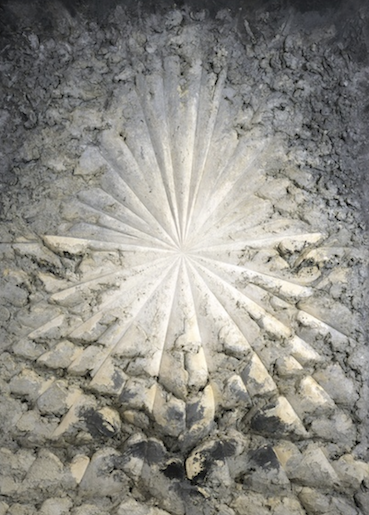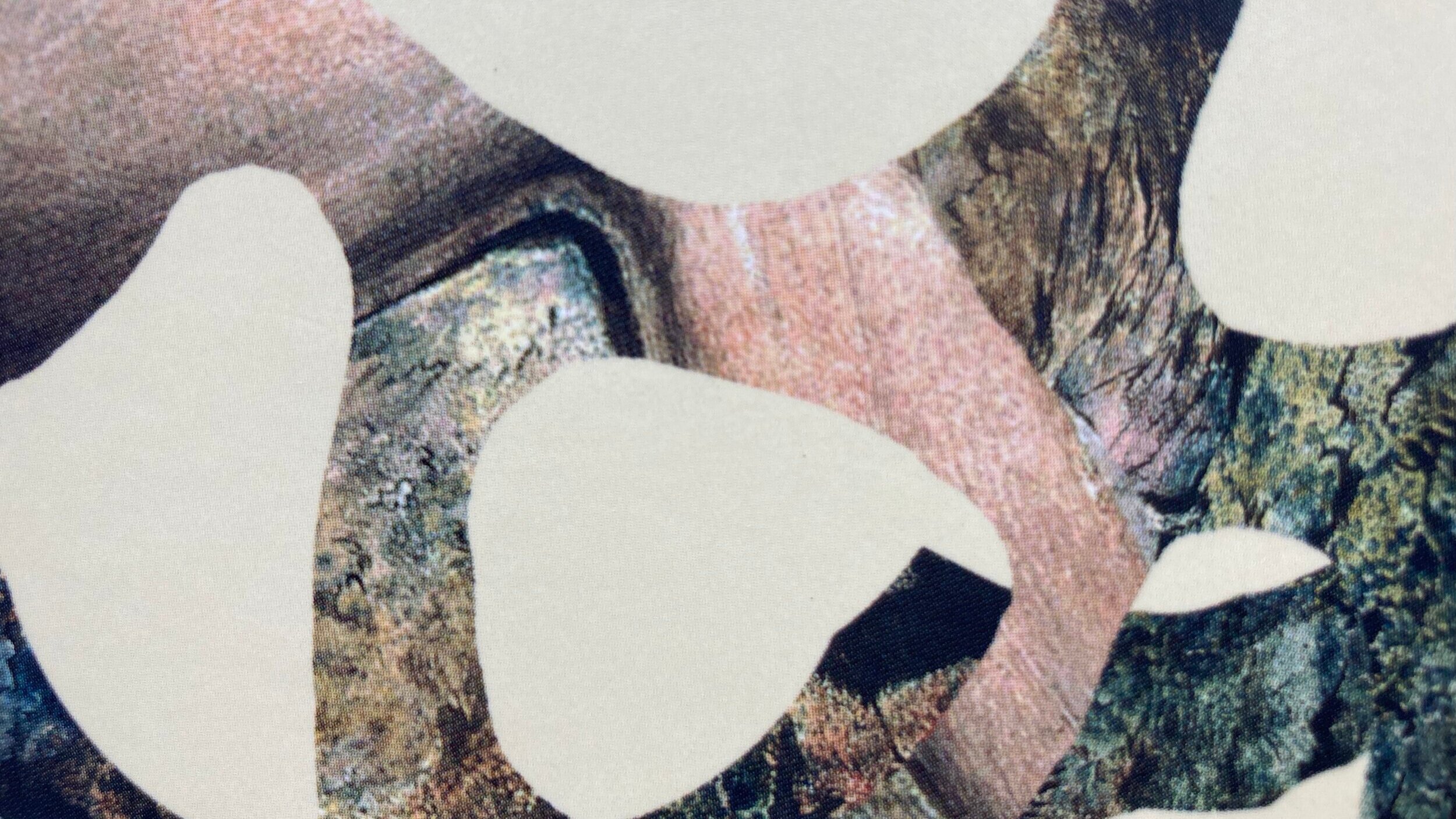Notebook

how to notice
When you tune into the sensations and qualities of what you’re doing instead of just following instructions, you catch things as soon as they feel off and you can adjust how you move. You’re able to sense what is safe for you and what isn’t. You know when you’re approaching your limits and you stop before you reach them, thus avoiding injury. And you’re able to reproduce the results you get in class on your own time, thereby building your sense of agency.

Something is given
…if one looks long enough at almost anything, looks with absolute attention at a flower, a stone, the bark of a tree, grass, snow, a cloud, something like a revelation takes place. Something is “given”…

with a soft attitude
I find this comment by painter Agnes Martin so Feldenkraisy and so moving. This is from the documentary, With My Back to the World, on Kanopy, but there are also plenty of interviews on youtube if you’re interested in learning more about her.

too complicated to be a noun
“Art is…always on its way, too complicated to be a noun and ineffectively contained in form.”We, too, are always on our way. With no ‘ending’ to our learning. Our bodies (and feelings!) change from one day—sometimes one moment—to the next, preventing any tidy arrival at a perfect understanding or perfect and permanent comfort.

Time is alive
Jay Griffiths’ A Sideways Look at Time is full of poetic examples the world over in which time is animate and “characterized rather than counted.” There are places where early evening is considered “cattle-dust-time,” and where January and November are known as the months of “Snow Crust” and “Slender Wind” respectively.

A rose is a rose is a 2,000 pound rose?
Jay DeFeo began her most iconic painting, The Rose, in 1958. She worked on the painting everyday for EIGHT YEARS! She built up and scraped back the layers over and over and stayed with it through many different phases and titles. What started out as a large canvas slowly transformed into an 11 feet tall, 8 feet wide, 11 inches thick hybrid between painting and sculpture.
What does a 2,000 pound artwork have to do with Feldenkrais? Like a single day’s worth of brush strokes, it can be hard to value the small changes you experience after a session—more perception in your feet, or more length in your spine, for example. But as with DeFeo’s Rose, the small changes accumulate over time and lead to meaningful shifts in your experience. When you move with greater ease, your presence changes. You feel it and others around you do, too.
The challenge with developing good habits is maintenance. Toward that end, I will do my best to create classes you want to attend rather than have to. I will help you to value your small changes and understand what to do with them. When you show up again and again with DeFeo-like devotion, the small shifts become seismic.

A time with such slow turnings
“We actually have a very malleable relationship with time,” Danish poet Inger Christensen writes in her essay The Shadow of Night from the collection The Condition of Secrecy. “We can move in and out of it as we like, can shorten or lengthen it to suit us… We can do everything by the clock or we can follow our own rhythms and only occasionally check to see what time it is.”

Something that is Close to Nothing
Yassas! My classes are on pause this month while I’m in Greece co-teaching a Cleaning the House workshop for artist Marina Abramović.
In the workshop, participants hand over their technology and fast in silence for several days while doing exercises that Abramović developed over several decades: sorting grains of rice, walking in slow motion, looking at one object, all for hours at a stretch. The point? To confront one’s limits and to strip away distractions so that we bring our full presence to everything we do. In her work as an artist, she’s found:

Many Blues and Many Yellows
Josef Albers' Interaction of Color, written to help artists develop more sensitivity to color, could double as an Awareness Through Movement manual. Swap movement for color, brightness for effort, and seeing with feeling and you're feeding two birds with one grain.

It Really Breaks a Mold in my Head
“What does she mean, what do I like? It really breaks a mold in my head that I'm allowed to like, or that I have a preference.”
Does this resonate?

Why Things Turned out the Way They did
This excerpt from Rachel Cusk’s newest novel Second Place, reminds me of why awareness is a skill worth building:
I had no idea at all why things turned out the way they did, why I felt gorged with sensation at one minute and starved of it the next, where my loneliness or joy came from, which choices were beneficial and which deleterious to my health and happiness, why I did things I didn't want to do and couldn't do what I wanted. Least of all did I understand what freedom was and how I could attain it.

Being with No Rush
In Nancy Kline’s Time To Think, she outlines the components that create a Thinking Environment, the conditions that help one to think clearly and for oneself. The process has remarkable parallels to Feldenkrais’s Awareness Through Movement.

the Richness of Sifting
Apropos of spring and all the transitions therein, here's an excerpt from Natalie Goldberg’s chapter “Composting,” from Writing Down the Bones. "Our bodies are garbage heaps" is a bit strong, but, overall, I find composting a useful metaphor to draw on in your approach to Awareness Through Movement.

To be Myself
This passage from Clarice Lispector’s A Breath of Life seems so fitting for the discoveries you’re making in class. Some of you have found that it takes much more effort to move when you freeze different parts of yourself, or when you clench your jaw to move your leg, for example. This is what Feldenkrais calls parasitic effort.

Life is Being Lived
Regarding a recent post-class comment about one’s “messy” internal experience during the lesson, here's a bit from Anne Lamott's Bird by Bird, which I had read just the day before.
From the chapter fittingly titled, Perfectionism:
Besides, perfectionism will ruin your writing, blocking inventiveness and playfulness and life force...Perfectionism means that you try desperately not to leave so much mess to clean up. But clutter and mess show us that life is being lived.

About you, Connected to you
I found this note tucked inside Writing to Learn by William Zinsser, a book that I recently checked out from the library. The reader so beautifully synthesized the chapter in a way that has remarkable parallels to our work with the Feldenkrais Method:
When you begin to make connections
the subject—anything you’re learning becomes part of your world—
About you-connected to you
